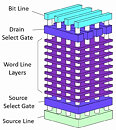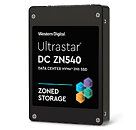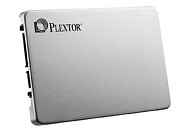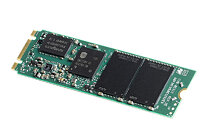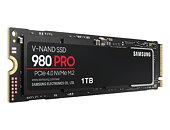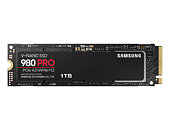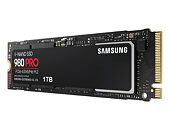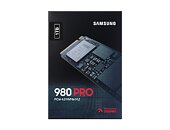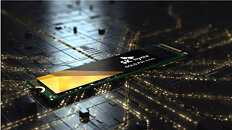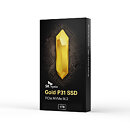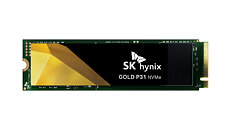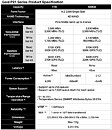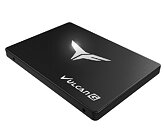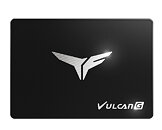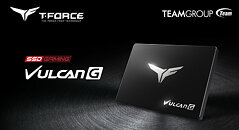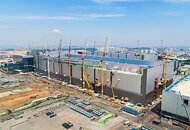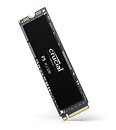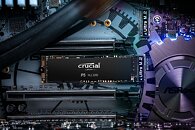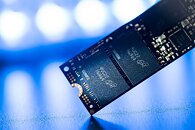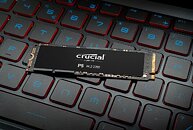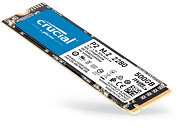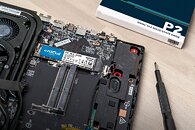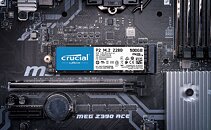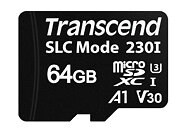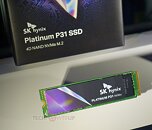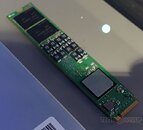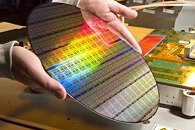Silicon Motion Announces SM8266 16-channel PCIe Gen4 NVMe SSD Controller
Silicon Motion Technology Corporation, a global leader in designing and marketing NAND flash controllers for solid-state storage devices, today announced the SM8266, a complete enterprise-grade 16-channel PCIe 4.0 NVMe hardware plus firmware turnkey SSD controller solution. Customers can rapidly develop and bring to market enterprise SSDs for data centers by using our complete development platform that includes a turnkey NVMe firmware stack and hardware reference design kit.
"Our solution is the only complete PCIe Gen4 turnkey solution available today from an established merchant controller supplier," said Nelson Duann, Silicon Motion's Senior Vice President of Marketing and R&D. "Since the introduction of our PCIe Gen3 turnkey solution, we have established a longer track record of supplying turnkey solutions in terms of customer adoption and sale volume than any other company. Our Shannon Systems team is already custom designing enterprise-grade NVMe, Open-Channel and Key-Value SSDs using SM8266 for hyperscale customers' data centers with production expected in 2021."
"Our solution is the only complete PCIe Gen4 turnkey solution available today from an established merchant controller supplier," said Nelson Duann, Silicon Motion's Senior Vice President of Marketing and R&D. "Since the introduction of our PCIe Gen3 turnkey solution, we have established a longer track record of supplying turnkey solutions in terms of customer adoption and sale volume than any other company. Our Shannon Systems team is already custom designing enterprise-grade NVMe, Open-Channel and Key-Value SSDs using SM8266 for hyperscale customers' data centers with production expected in 2021."

